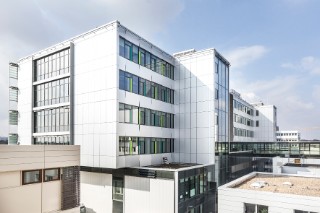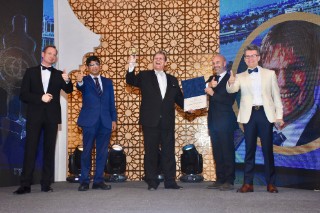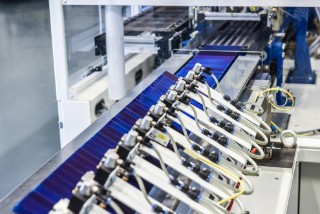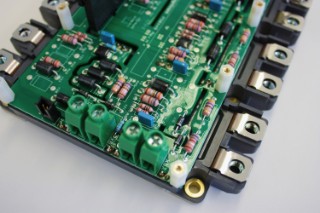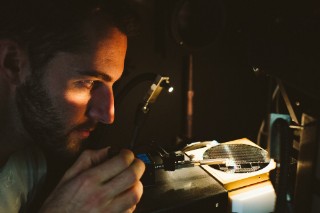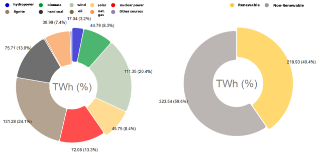
Experimental testing should remain economically viable for manufacturers despite the increasing lengths of rotor blades - either in the form of full-scale blade testing or the testing of segment or blade components. Fraunhofer IWES received funding to the tune of around € 12 million for the `Future Concept Operational Stability Rotor Blades Phase II` project. The scientists develop and test out new methods for the evaluation of modern rotor blades measuring up to 115 meters in length. To this end, a new test bench is set to be constructed in Bremerhaven as of the end of 2019. It encompasses a very large test bed for full-scale blade testing and benches for segment and component tests. The predecessor project investigated the viability of new test procedures and tested them out in small-scale test runs; the second phase will now see them employed on a larger scale.
more info